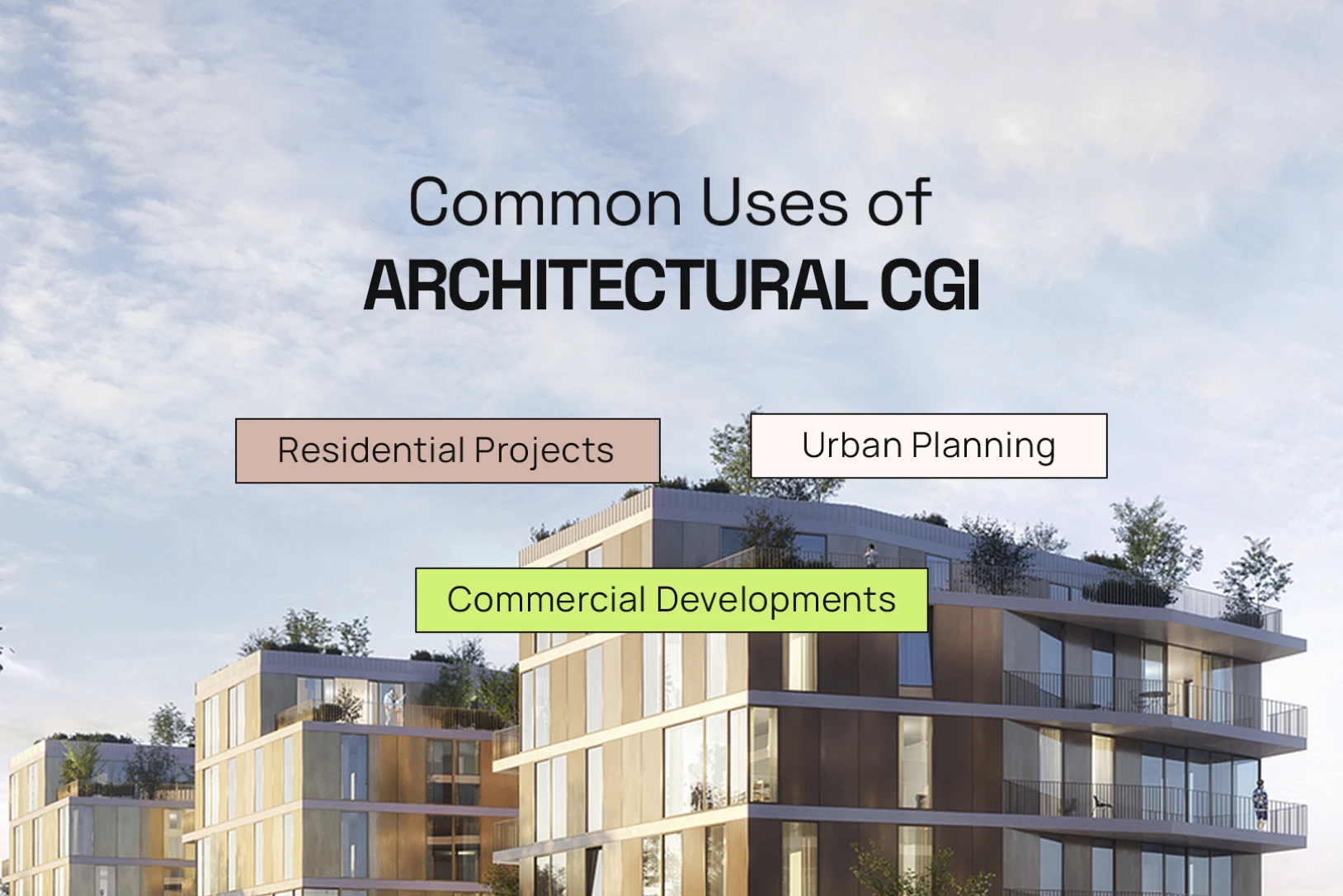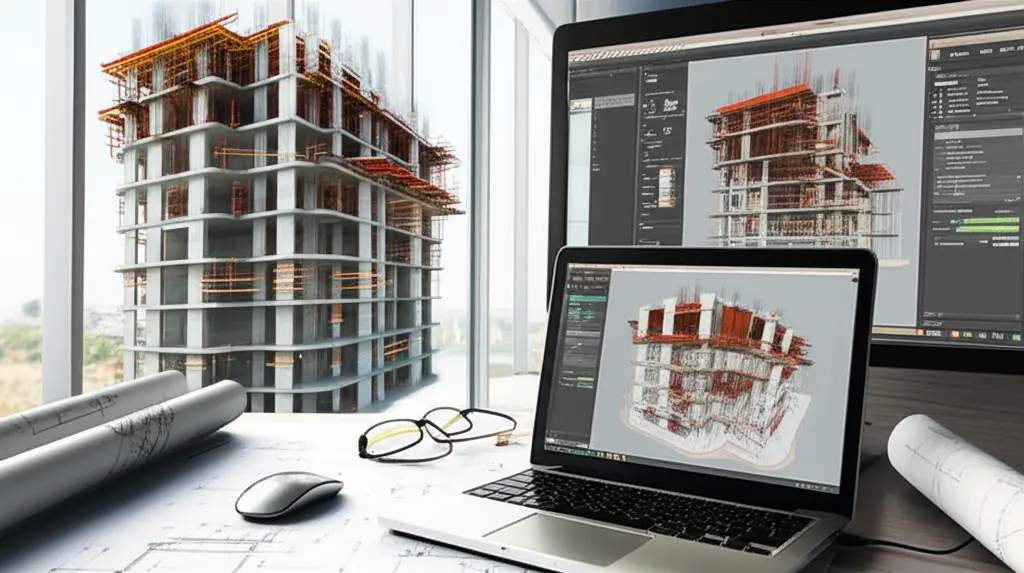Architectural CGI: Transforming the Way We Visualize Buildings

In today’s fast-paced architectural industry, visual communication has become more essential than ever. Clients, developers, and stakeholders need to understand what a project will look like long before the first brick is laid. Enter Architectural CGI (Computer-Generated Imagery) — a cutting-edge solution that is revolutionizing how we visualize, present, and develop buildings around the world.
This technology combines architectural precision with creative storytelling, offering lifelike renderings that go beyond blueprints and floorplans. Let’s explore how architectural CGI is transforming the architectural landscape and why more firms are relying on it than ever before.
What Is Architectural CGI?
Architectural CGI refers to the process of creating realistic, three-dimensional visualizations of buildings or interior spaces using specialized software. These digital renderings help architects, developers, and designers simulate real-world environments and designs in a visually compelling way.
Unlike traditional drawings or 2D plans, CGI allows for immersive, photorealistic presentations. Through tools like 3D CGI architectural visualization, architects can walk clients through future projects, demonstrating lighting effects, textures, and even seasonal changes in real time.
The Evolution of Visualization in Architecture
The history of architectural visualization has evolved from hand-drawn sketches and physical models to digital 2D CAD drawings, and now to fully rendered 3D CGI models. This transformation has made design communication more dynamic and accessible.
In the past, miscommunication or lack of visualization tools often led to client dissatisfaction or design revisions late in the process. Today, CGI architecture eliminates ambiguity by showing the finished product in stunning detail before construction even begins.
Why Architectural CGI Matters More Than Ever
In competitive markets, being able to communicate ideas effectively is crucial. Here’s why architectural CGI has become indispensable:
1. Realistic Visualization
With CGI rendering, you can present projects in their natural settings, complete with landscaping, furniture, materials, and lighting.
2. Improved Client Communication
Clients often struggle to read architectural plans. CGI provides a common visual language that helps bridge the gap.
3. Accelerated Approval Processes
Municipal and regulatory approvals are easier to obtain with clear, visual materials that showcase project compliance and design intent.
4. Enhanced Marketing & Sales
Architectural CGI companies create visuals that can be used in brochures, online listings, and sales presentations, making them invaluable for real estate marketing.
Types of Architectural CGI
1. Static Renderings: Still images showing the exterior or interior of a project in detail.
2. Animated Walkthroughs: Dynamic videos that guide viewers through the design.
3. Virtual Reality Experiences: Immersive interactions using VR headsets for a true-to-life feel.
4. 360-Degree Views: Interactive environments accessible via web or mobile platforms.
Common Uses of Architectural CGI
These forms of 3D CGI architectural visualization provide flexibility depending on the purpose and audience.
Firms often rely on architectural CGI companies to produce content that supports presentations, pitches, and marketing efforts.

The Role of CGI Rendering in Design Development
CGI is not just for the end of the project; it can be an essential tool during the design process. Architects and designers use CGI rendering to test ideas, explore material options, and iterate on design choices before making costly decisions.
This dynamic feedback loop ensures that design flaws are spotted early and that the client remains involved throughout the process. As a result, outsourcing architectural services that include CGI capabilities is becoming increasingly common.
Outsourcing Architectural CGI: Why It Makes Sense
Outsourcing architectural services, particularly CGI, offers multiple advantages:
With the rise of global collaboration, many architecture firms now work with CGI companies that offer flexible packages tailored to their needs.

Integrating CGI into Architectural Services
From concept to client approval, architectural CGI integrates seamlessly with a variety of architectural phases:
Incorporating CGI within your broader architectural design services improves client satisfaction and project success rates.
CGI Architecture and the Future of Visualization
As technology evolves, so does CGI architecture. The future includes:
These innovations will further enhance communication and bring clients even closer to the creative process.

Final Thoughts: Unlocking the Power of CGI with WorldTeams
At WorldTeams, we understand the value of precision and impact when it comes to architectural visualization. That’s why we offer tailored solutions in 3D CGI architectural visualization and CGI rendering through a network of highly skilled visualizers and drafters. Whether you’re an architecture studio, real estate developer, or interior designer, we can match you with top Latin American talent to elevate your presentations and win more projects.
Our outsourcing architectural services are designed to streamline your production, reduce costs, and deliver outstanding visual content that resonates with clients. Let us help you bring your ideas to life with compelling, photorealistic CGI.
Get in touch with WorldTeams today to explore how our architecture outsourcing services can support your next big project.









